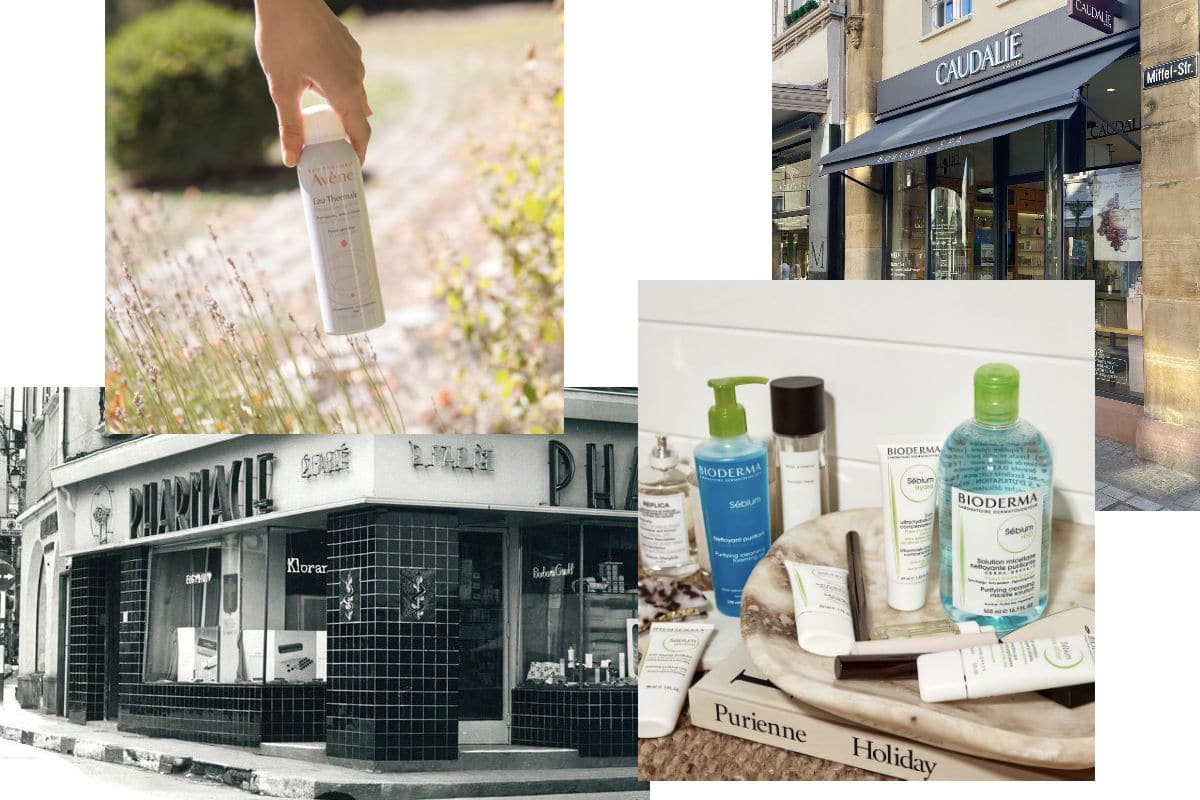
In the world of skincare, size is something that definitely does matter.
Have you ever wondered why there are so many different types of products? Creams, serums, oils, mists, toners? And why each one needs to be applied in such a specific order?
Well it's all to do with size. Molecule size that is. Because the size of a compound's molecules - or molecular weight - affects the way a product penetrates your skin.
Generally, deeper penetration means a product can get into the lower layers of your skin and often work more effectively. Products with smaller molecules penetrate more deeply, and reach these lower layers. As an example, lines, wrinkles and dehydration are skin issues that are generally best tackled in the deeper layers of the skin - so you want your products to be able to sink in.
Of course, there are many instances where you want a product to size on top of your skin and do its work there - in this case you'd want something with larger molecules that doesn't penetrate as deeply. If you're looking for surface exfoliation or sunscreen production, you'll want this to happen on the top layer of your skin. So, you'll a product that sits on top your face and doesn't sink in.
Applying your products for best effect
This is the theory behind why you'd apply toners, water essences, serums and light oils first. These products are generally made with ingredients designed for deep penetration - active ingredients that do their work in the lower layers of your skin. As a result, most (not all, there are always exceptions) of these style products are applied first, and then followed with creams and moisturisers. Moisturisers often contain lipids which are designed to sit on the top layers of your skin, providing nourishment and protection - essentially sealing all the other goodness in.
Of course, this is a very general principle and will absolutely depend on what exactly is in each product. For example, coconut oil, which is often in a lot of cream and moisturising products owing to its thickness and moisturising properties, has a very low molecular weight. Its molecules are tiny. Much smaller in fact than many of the main ingredients in your serums. So it, not all clear cut.
With all this in mind, if you'd been applying your skincare in the "wrong" order, does this mean it hasn't been working properly? No, that's unlikely - it's probably all still working for you. It's not as if products with larger molecules create an impenetrable shield that absolutely nothing can surpass. The products will a lower molecular weight can still slip between the cracks and into your skin.
But to maximise the efficiency of each product, it's a good idea to apply them in the "correct" order. For example, retinol (generally) has a low molecular weight, but oils like argan oil, rosehip oil and jojoba oil are made of differing sized molecules with a generally higher molecular weight. So, you'd want to apply your retinol before these face oils for best results.
Molecule size and exfoliating acids
Molecule size is also important when looking at chemical exfoliants like hydroxy acids.
Beta hydroxies (BHA) are the lowest molecular weight and penetrate lower into the skin, these are great for those with deep acne - an example is salicylic acid.
But alpha hydroxies (AHA) like glycolic acid have a slightly high molecular weight and exfoliate in the middle.
Then there's polyhydroxy acid (PHA) like lactobionic acid, which has much larger molecules and is better at exfoliating at a surface level.
Molecule size and hyaluronic acid
It's also important to remember, one compound or ingredient can come in different types and have lots of different molecular weights. For example hyaluronic acid.
This is an ingredient that has a few different types and a few different weights, and this is an instance where you want to use them all at once. Since hyaluronic acid, pulls water from its surroundings, if you use a type hyaluronic acid with only low molecular weight, it will sink in deeply and pull all the water from the top layer of your skin - which will actually make you drier.
If you're using hyaluronic acid, you'll want a product like The Ordinary's Hyaluronic acid which contains five different types that penetrate at many levels - so you're drawing water into all layers of your skin and not pulling it out of one to another.
Do you need to be a molecule expert to get your skincare right?
That's a lot of information. Does this mean you need to know the molecular weight of every single product you use in order to get it right? Of course not. The best way to get your skincare right is to follow the instructions. And try using a products from the same brand, ideally a brand that is backed by science - think brands created by or made in conjunction with dermatologists.
Most skincare products will have instructions on how to apply and in what order. There's no need to sit down and research molecular weights, the best thing you can do is follow instructions from the experts.



